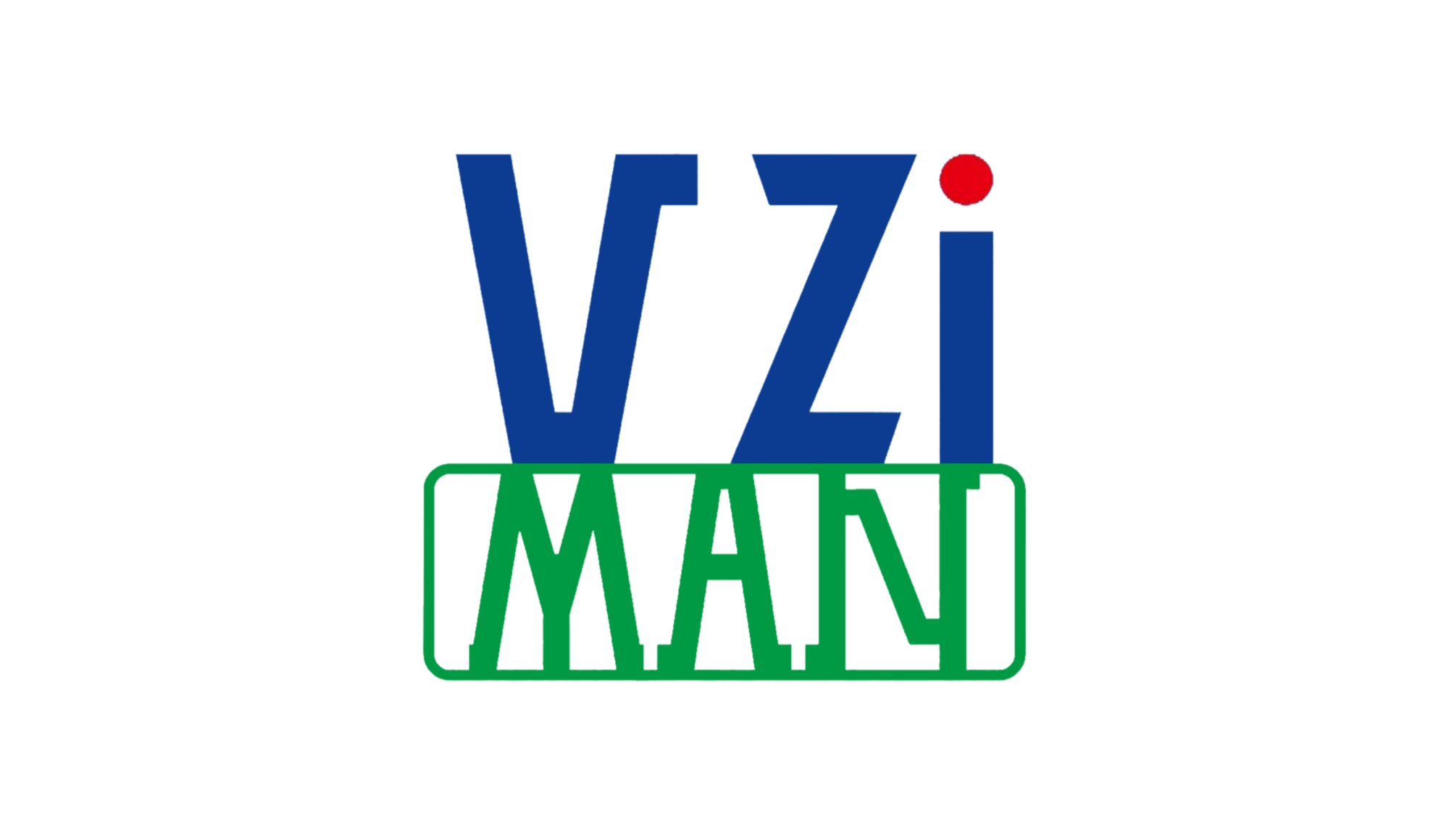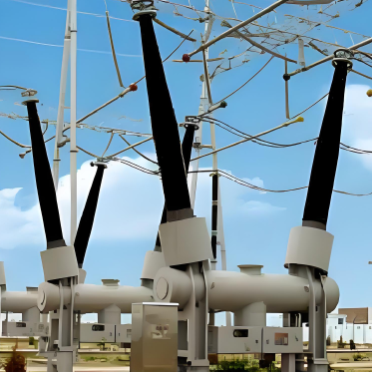American Standard Distribution Transformer Solutions in Canadian Photovoltaic Applications: Case Study of Ontario's 50MW Solar Plant
05/19/2025

1. Project Background
- The 50MW photovoltaic power station in Ontario, Canada, required a robust solution to boost the 600V output from inverters to 34.5kV for grid integration. Challenges included extreme winter temperatures (-40°C), which caused traditional transformers to suffer from insulation degradation, cold-start failures, and increased downtime. Compliance with Canadian safety standards, particularly CSA C22.2 No.47, was critical to ensure operational reliability and grid compatibility. Additionally, the project demanded adherence to ANSI/IEEE C57.12.00 for performance benchmarks and DOE efficiency standards to minimize energy losses.
2. VZIMAN's Solution
VZIMAN developed a customized American standard distribution transformer system integrating advanced engineering and smart technologies:
2.1 Core Design & Efficiency Optimization
- Dual-Winding Configuration: A 3150kVA transformer with silicon steel/nanocrystalline cores achieved 98% efficiency in voltage conversion while reducing no-load losses by 15% compared to conventional models. Modular scalability allowed future capacity expansion to accommodate rising PV generation.
- DOE Compliance: Optimized core geometry and material selection met stringent DOE Tier 3 efficiency requirements, ensuring reduced lifecycle costs.
2.2 Extreme Cold Adaptability
- Preheating & Thermal Management: Embedded electric heaters and real-time temperature sensors enabled reliable cold starts at -40°C, increasing startup success rates to 99%.
- Cryogenic Materials: Stainless steel enclosures and epoxy-resin insulation with enhanced low-temperature flexibility prevented frost-induced insulation failures.
2.3 Smart Monitoring & Protection
- IoT-Enabled Diagnostics: Integrated smart terminals provided real-time monitoring of voltage, current, and temperature, enabling automatic phase balancing and reactive power compensation.
- Predictive Maintenance: Machine learning algorithms analyzed data from MEC (Multifunctional Energy Controller) devices to predict faults 30 days in advance, reducing unplanned outages by 70%.
2.4 Certification & Compatibility
- UL/CUL Certification: Full compliance with UL 506 and CSA C22.2 No.47 standards guaranteed safety and interoperability in North American grids.
- ANSI/IEEE C57.12.00 Alignment: Standardized bushing layouts and grounding protocols ensured seamless integration with existing grid infrastructure.
3. Achieved Outcomes
3.1 Enhanced Grid Stability
- Voltage qualification reached 100%, with harmonic distortion reduced to <2%, eliminating PV-induced overvoltage issues.
- Energy transmission losses decreased by 12% through optimized core design.
3.2 Reliability in Harsh Conditions
- Cold-start failure rates dropped by 70%, with maintenance intervals extended by 40% due to durable materials and thermal control.
3.3 Regulatory & Economic Benefits
- UL/CUL certification streamlined market entry, avoiding $2M/year in compliance-related delays.
- Modularity and DOE-compliant efficiency reduced total ownership costs by 18% over 20 years.
3.4 Operational Intelligence
- Remote monitoring cut manual inspections by 30%, while predictive













